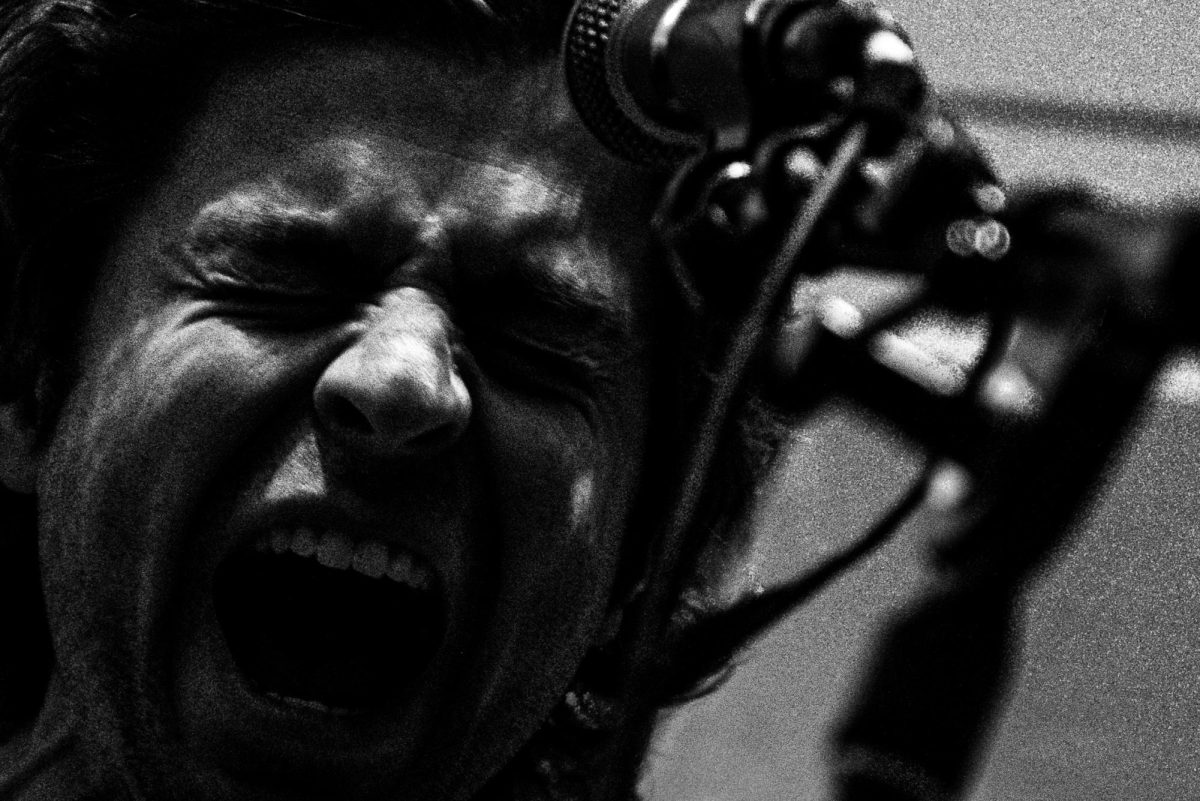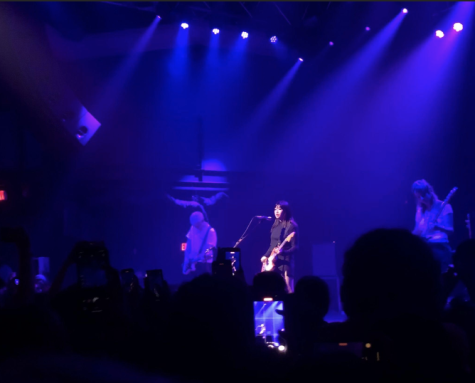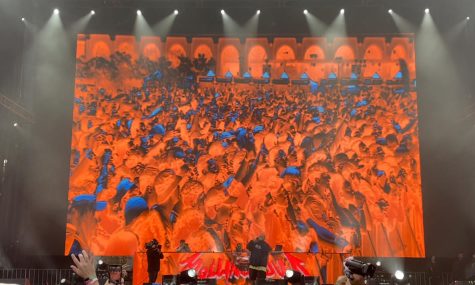Overlooked by WVAU 2014: Communions – Cobblestones EP
January 9, 2015
 Courtesy of Posh Isolation.
Courtesy of Posh Isolation.
The referent post-industrialism’ defines a situation within music that has disavowed all contingencies of the past, while facilitating a condition of the present, as necessarily confrontational to the present culture. This style is marked as music without an origin, with breaks in continuity, and constant disassembling of tradition in distinction from other periods. The Danish music scene surrounding Posh Isolation is one of these sites of continual breaks, stoppages and renunciations of the past. Experimentation is this lost memory, an undefined movement away, yet towards, the current state of things. Posh Isolation has been the authority for these experimental exits; leading Scandinavia with a physical and ideological space of creativity. On the margins of contemporary music for the past half decade, Posh Isolation has thrown local performers international – while retaining discontent, frustration and animosity directed towards the current condition, these disruptive advances have penetrated the West and its listeners.
Among Posh Isolation’s roster, the new five-piece Communions retain a similar iconography from their older siblings; anthemic tracks, marching signifiers and obsession with aesthetics as the performative origin. Communions’ 2014 four-track Cobblestones EP is consistently disruptive throughout – crashing melodic tendencies meet noised instrumentation, while vocals shift from rushed patterns to striking, sharp, convoluted tirades. Somber lyrics anticipate an elongated chorus in “Seascape,” while “Cobblestones” marks both a celebratory anthem and prolonged agitation of youth. “Children” stands out as a zealous and dynamic struggle between intense and vicious instrumentation opposite the image of youth: the distinct joy of a newly opened fascination with the world.
Communions appear youthful and presumptuous, while confused and frustrated homoeroticism underlines this album – from the album cover to the hastened instrumentation, this album plays to a significant degree the desire of compulsion, mechanistic repetition of being and reluctance to a matured sexual desire. Each song is in itself a new discovery of an organ or machine with reluctance to solidified positionality – the album carries frustration and chaotic resemblance to sexuality and the condemned and unanimous nature it holds bodies towards, marching rhythms that never settle, anguished and strenuous lyrics, the annoyance of decency. Communions are irritated, yet submissive; enjoying the condition of bliss, while vexed by its insidious hold.
A theory of new music necessitates an interlude towards the current confrontational status of music. The audience and spectator reacts: Iceage as associated with Nazi iconography, Communions as Posh’s youth. But Iceage’s perceived conscious attachment, and tangled unconscious obsession, with fascism commits them to diagnosis without critique. Fascism contains in itself a prescription for discontent of the current state of things. The aesthetic movement of Italian Futurism provides a similar parallel; breaking with the mythology of tradition, they existed through indulgence of danger; a habitual audacity to revolt towards, and affirm by, aggression. They glorified violence, machines and speed, predicted the Great War, and broke idols of the past. In this context the link between our confrontational Danish bands and fascism becomes clearer.
For Walter Benjamin, every fascism is the product of a failed revolution. Similarly so, in an age of ethical and ontological anomaly, Communions reject precedence and romanticism for a new theory of disruption and aggression. F.T. Marinetti of the Italian Futurists wrote in his 1909 manifesto of a new theory of aesthetics, “up to now literature has exalted a pensive immobility, ecstasy, and sleep. We intend to exalt aggressive action, a feverish insomnia, the racer’s stride, the mortal leap, the punch and the slap… and like young lions we ran after Death, its dark pelt blotched with pale crosses as it escaped down the vast violet living and throbbing sky.” Like its institutional trace that renounces criticism, contemporary music denies any affiliated theoretical position. In its absence, or its protracted murder, Communions follow a theory of new aesthetics, yet to be reborn, among a cultural industry of passive listeners and stagnant critics.













